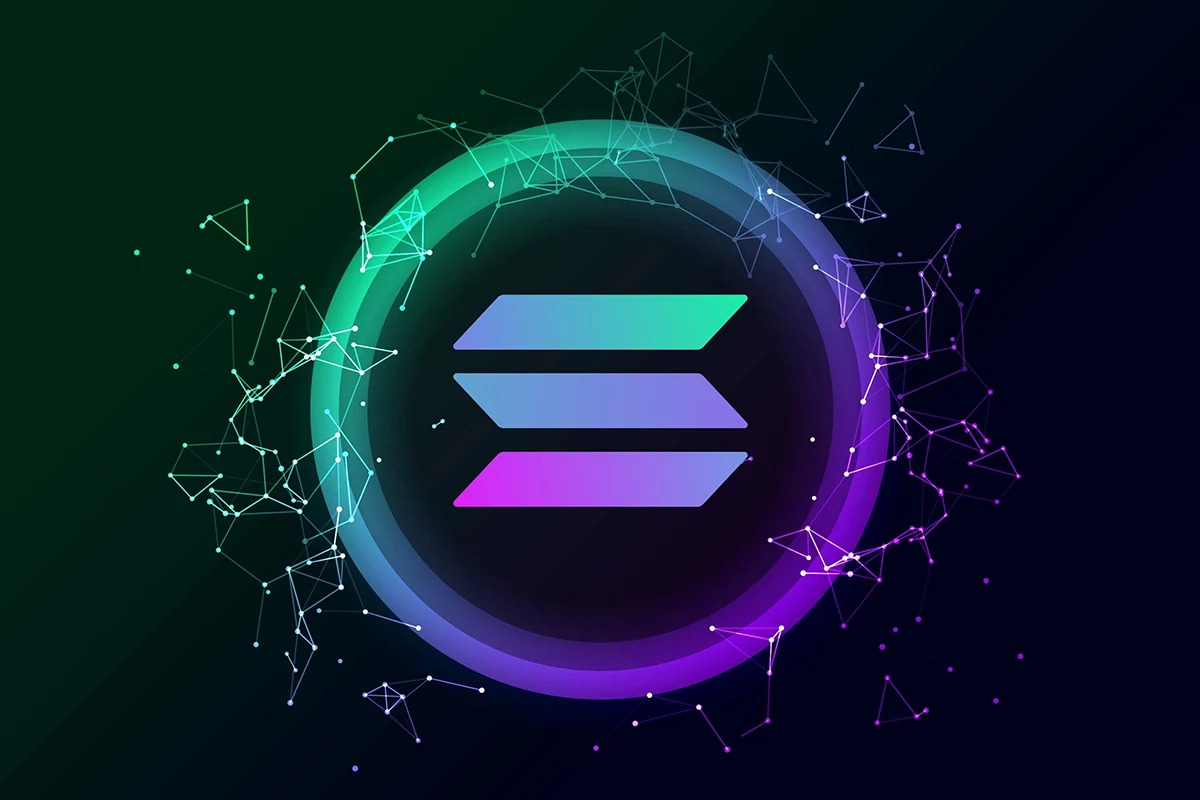Analysis of Kohaku, the Regulatory-Friendly Privacy Solution Launched by Vitalik Buterin
Ethereum founder Vitalik Buterin recently launched Kohaku, a privacy and compliance solution, which is quite interesting. The key difference is that it differs from previous solutions like Tornado and Railgun, employing ZooKeeper and elliptic curve cryptography generation techniques.
In simple terms, in the past, when Alice initiated an on-chain transfer to Bob's public address, everyone could see that Bob received the money. Now, Bob will generate a "one-time temporary address" to receive funds. Bob can legally use this money, but no one will know that the money belongs to Bob.
Previous privacy solutions, such as Tornado, Railgun, and Aztec, used coin mixing or ZK solutions, where all the money was routed into a black box. Because the box had a large transaction capacity, the actual transfer path of the money was no longer visible.
Kohaku's privacy solution involves Bob generating a Stealth Meta-Address master key. When receiving payments, a temporary, one-time receiving address is randomly generated (based on elliptic curve cryptography). Everyone can see that money has been received at this temporary address, but the address is invalidated after it is used up. Bob, who actually owns the master key, can control the money and claim it at some point in the future.
To put it in a more abstract technical way: Bob's wallet permanently stores a master stealth key pair (public key + private key). When Alice transfers money to Bob, Alice/Bob's wallet generates a one-time temporary private key. Using Bob's public key and this temporary private key, an elliptic curve algorithm is performed to calculate a shared secret. This secret is then used to derive a completely new and entirely random one-time address. When Alice transfers money to this address, no one on the blockchain can tell it's related to Bob, but Bob can easily control the money using his master key and private key.
above.
It seems that only elliptic curve cryptography is needed, and it has nothing to do with ZK. However, if you use Kohaku technology to transfer money to a compliant institution, you may be required to attach a ZK proof to prove the source and true identity of the money, but at the same time you don't want to expose your privacy. This is where lightweight ZK verification comes in handy.
Therefore, the combination of elliptic curve cryptography and ZooKeeper (ZK) technology has upgraded anonymity solutions into compliant privacy protection solutions. Consider the past: why were coin mixing pool solutions blocked? Because absolute "anonymity" provided opportunities for money laundering and other malicious activities. The combination of privacy addresses and ZK technology is the optimal solution to meet regulatory trends.
Believe in somETHing!
You May Also Like

Solana ETFs Market Grows with Fidelity and Canary Marinade’s New Funds

XRP analysts shift 2025 outlook as liquidity models evolve
